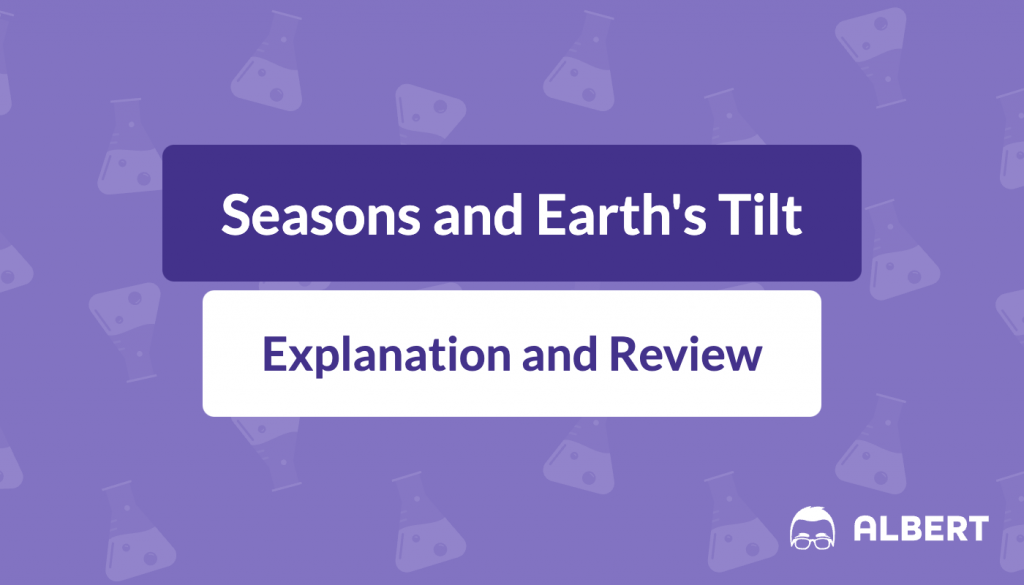Many people think the seasons change because of how close Earth is to the sun. But, this isn’t the whole story. When we ask, “what are the causes of earth’s seasons,” we find out it’s more about how Earth tilts and moves around the sun. Getting to know these space facts helps us see why our weather changes throughout the year. It shows us how special Earth’s spot in space is, including Earth’s tilt and its path around the sun, and how these create the varied climates we experience throughout the year.
What We Review
The Earth’s Tilt and Orbit: The Fundamental Causes
How Does the Earth’s Tilt Affect the Seasons?
One of the most important factors in understanding the seasons is Earth’s axial tilt. Our planet doesn’t stand upright as it orbits the sun; instead, it leans at an angle. This tilt—about 23.5 degrees—plays a pivotal role in how sunlight is distributed across Earth’s surface, leading directly to the seasonal changes we experience.

What is Earth’s Axial Tilt?
The degree of Earth’s tilt is not random; it’s a precise 23.5 degrees from the vertical. This tilt remains relatively stable over long periods, thanks to the gravitational influences of the moon and the sun, which help to stabilize Earth’s orientation in space. This consistency maintains the regular cycle of seasons as we know them.
What is the Difference Between a Solstice and an Equinox?
The interplay between Earth’s tilt and its orbit around the sun brings about the solstices and equinoxes, key milestones in the calendar year that mark the beginning of seasons. The solstices occur when the Earth’s axis tilts directly towards or away from the sun, resulting in the longest and shortest days of the year. The equinoxes, on the other hand, happen when the tilt of Earth’s axis is inclined neither away from nor towards the sun, causing day and night to be of equal length.
Orbital Eccentricity: A Minor Player
While axial tilt is the star of the seasonal show, Earth’s orbit also contributes to seasonal changes, just to a lesser extent. Earth orbits the sun in an ellipse, not a perfect circle. This is called “orbital eccentricity” and means that the Earth-Sun distance varies throughout the year.
What is a Perihelion and Aphelion?
The closest approach to the sun, perihelion, occurs in early January, while the farthest point, aphelion, happens in early July. Interestingly, this variation in distance does affect Earth’s climate, but not significantly enough to cause the seasons. Instead, it leads to slight variations in seasonal intensity, with winters being a bit milder in the Southern Hemisphere due to its proximity to the sun during this season. However, Earth’s axial tilt remains the primary reason for the changing seasons, with orbital eccentricity playing a much smaller role.
Sunlight and Seasons: A Closer Look
The way sunlight reaches Earth is crucial for understanding the seasons. It’s not just about how much sunlight we get but also how directly it hits us. The angle of sunlight—whether it’s direct or indirect—greatly impacts our climate and, consequently, the seasons.
What is Direct Sunlight?
Direct sunlight happens when the sun’s rays hit the Earth’s surface at a steep angle. This sunlight is concentrated over a smaller area, heating it up more efficiently and leading to warmer temperatures. On the other hand, indirect sunlight occurs when the sun’s rays strike the Earth at a shallow angle, spreading the energy over a larger area and resulting in cooler temperatures. This difference between direct and indirect sunlight is what drives the seasonal changes across the planet.

Understanding Sunlight Intensity
Higher angles of sunlight lead to warmer temperatures: when the sun is directly overhead, its rays travel a shorter distance through the atmosphere. This shorter journey means less energy is lost before reaching the Earth’s surface. Additionally, the concentrated rays provide more energy to heat the ground, air, and water. This is why regions experiencing direct sunlight, such as those near the equator, tend to be warmer.
The Significance of the Solar Angle
As Earth orbits the sun, the angle at which sunlight hits any given point on the planet’s surface changes throughout the year. During summer, when your hemisphere tilts towards the sun, you receive more direct sunlight and experience warmer temperatures. In contrast, during winter, as your hemisphere tilts away from the sun, the sunlight becomes more indirect, leading to cooler temperatures. This tilting and the resulting variation in solar angles are why we have different seasons. It’s a beautiful demonstration of how Earth’s position relative to the sun orchestrates the rhythmic change from spring to summer, autumn, and winter.
Global Variations in Seasons
The Earth’s seasons don’t manifest uniformly across the globe; they vary significantly depending on geographical location. This variation is especially evident when comparing the almost static seasons at the equator with the extreme seasonal changes at the poles.
Equatorial Consistency
Near the equator, seasons are remarkably consistent. This region receives direct sunlight year-round due to its position relative to the sun. There’s little variation in daylight and temperature throughout the year. The equator’s consistent climate results from its stable receipt of solar energy. This leads to a lack of pronounced seasons. Instead of the four-season cycle familiar to temperate zones, equatorial regions often experience wet and dry seasons based more on precipitation changes than temperature fluctuations.
Polar Extremes

At the poles, seasons are defined by extreme variations in daylight, ranging from 24-hour daylight in the summer to complete darkness in the winter. This phenomenon, known as polar day and night, significantly impacts the seasonal perception in these regions. During the summer, the sun never sets, leading to a period of continuous daylight that can last for months. Conversely, in the winter, the sun does not rise above the horizon, plunging the poles into extended darkness. These extreme conditions result from the Earth’s tilt, which causes the poles to either tilt directly towards or away from the sun at different times of the year.
The Role of Geography in Seasonal Differences
The physical features of our planet—such as mountains, oceans, and landmasses—also shape seasonal experiences. Geography can amplify or moderate the effects of the seasons:
- Landmasses tend to heat up and cool down faster than oceans, leading to more pronounced seasonal variations in continental interiors.
- Oceans and seas, by contrast, have a moderating influence on climate thanks to their ability to store and slowly release heat. Coastal regions, therefore, often experience milder seasons compared to their inland counterparts.
- Current patterns in the oceans further influence climate and seasons by transporting warm and cold water across the globe. For instance, the Gulf Stream carries warm water from the Gulf of Mexico northward to Western Europe, significantly warming the region’s climate beyond what latitude alone would suggest.
Together, these factors contribute to the rich tapestry of climates and seasonal experiences around the world. They demonstrate the intricate interplay between Earth’s orientation, its orbit, and its diverse landscapes.
Conclusion: What are the Causes of Earth’s Seasons?
We’ve learned that Earth’s tilt and its path around the sun make the seasons change. These big space movements change how sunlight hits us, leading to different weather through the year.
Understanding seasons shows us how Earth moves and fits into space. It’s like seeing how pieces fit into a big puzzle. Knowing more about Earth and space helps us get why our planet is special.









